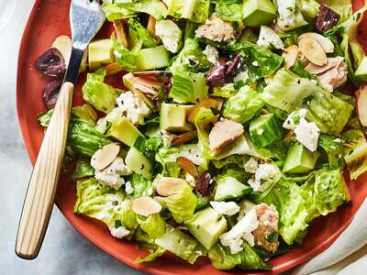Crystal Wahpepah is a citizen of the Kickapoo Tribe of Oklahoma. She runs Wahpepah’s Kitchen in Oakland, California. A new Native American restaurant plates a contemporary take on precolonial gastronomy. Golden cubes of acorn squash, roasted and still in the skin, tossed with chopped pecans. A bed of greens […]
Delicious!
Delicious!



